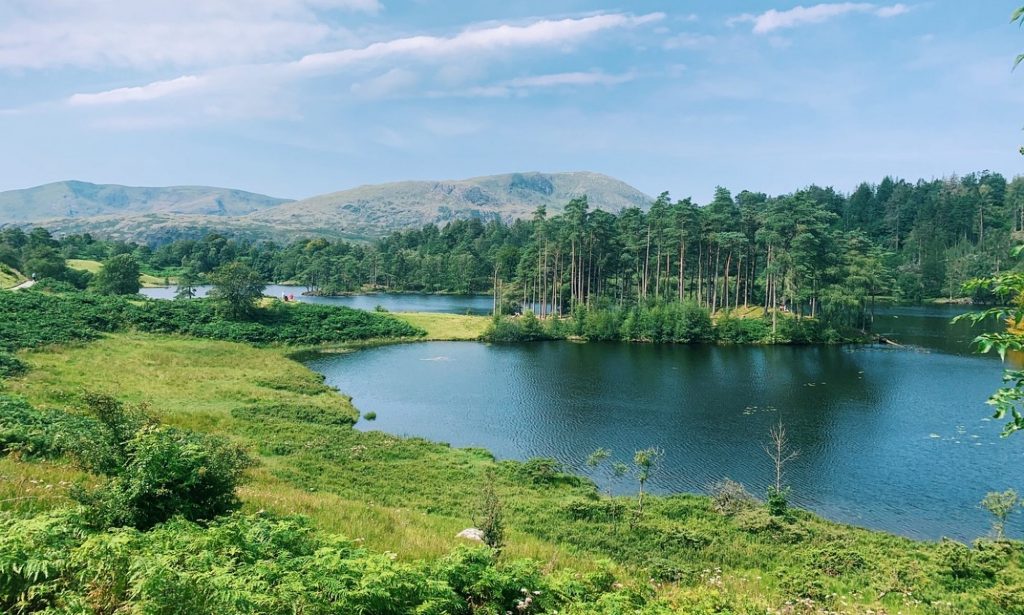Early Intervention Presentation Feedback:
After presenting my early interventions (see below) I received the following feedback.
Note – to watch the video I have created please view the following blog post: https://nicoleparkes.myblog.arts.ac.uk/2021/05/08/my-early-intervention/
Feedback:
- To move away from the term focus group when describing my online panel event, as this doesn’t accurately describe the action I am taking.
- To invite an audience to my panel discussion, so there can be feedback and engagement from individuals that would otherwise be left out of the conversation.
- To move away from the term consultancy when referring to ‘Nature. In’ as this is not the academic focus.
- Reflection: Nature. In is an entity I am utilising to bring all of the stakeholders and actions of my project together in a unified outcome. So, Nature. In will be utilised in the future but in the capacity as a unifying entity of my project work.
- To interrogate academic sources that I have analysed and test the rigour of the methods in the context of my project.
- For instance, analysing whether the academic methods and measures I have highlighted apply to my project
- To develop my own definitions for the context of my project of terms such as hospitality and the wellness resultant from biophilic schemes in hospitality businesses
- I am utilising a very westernised view of hospitality in the context of my work and this positionally needs to be made apparent
- Consequently, a language will be developed around my work to describe the focuses of the project
After analysing and reflecting on this feedback I incorporated it into developing my final Project 6 -What, Why, How, If proposal that I have attached below:


Therefore, my project can be summarised by the following diagram:

Reflection/ Next Steps:
Following the work I have completed over the course fo Project 6 , I am very excited to now begin to launch my work into the testing phase of my interventions. I will begin testing my video intervention to engage hospitality businesses immediately. Additionally, I will continue to develop my intervention of the online panel discussion by gathering further participants from hostility businesses and securing a platform to host the discussion. Finally, I am gear to begin building my online sharing group over the coming weeks and testing this with hospitality customers.
Furthermore, I am keen to begin developing my own definitions to utilise within the context of my research, which will best describe the intricacies of the different areas of my work. Moving forward through my project I also look to continue developing my set of language that I employ around my work. This language clearly differs when interacting with my different groups of stakeholders, specifically between engaging with biophilic experts Vs hospitality businesses and customers. I am fascinated by the possibilities of the information that can be gained from my work, especially through my intervention testing, and I look forward to developing this information into new knowledge.
Future Reading List
Abd ELghani, R., El Aidi, D.M. and Kassim, O. (2020) “Towards a methodological approach to apply Biophilic Interior Design in hospitality spaces.” Journal of Design Sciences and Applied Arts, 1(2), pp.177-191.
Alcorn, M.R. (2014) Green Restaurant in Practice: Employee Attitude and Behavior Towards Environmental Sustainability (Doctoral dissertation, Oklahoma State University).
Capaldi, C.A., Passmore, H.A., Nisbet, E.K., Zelenski, J.M. and Dopko, R.L. (2015) “Flourishing in nature: A review of the benefits of connecting with nature and its application as a wellbeing intervention.” International Journal of Wellbeing, 5(4).
Dias, B.D., (2015) “Beyond sustainability–biophilic and regenerative design in architecture.” European Scientific Journal, 11(9), pp.147-158.
EdgeProp (2021) “Biomimicry: When nature and tech work together” Edgeprop [Online] https://www.edgeprop.sg/property-news/biomimicry-when-nature-and-tech-work-together Accessed 01/05/21
Gillis, K. and Gatersleben, B. (2015) “A review of psychological literature on the health and wellbeing benefits of biophilic design.” Buildings, 5(3), pp.948-963.
Heath, O. (2021) Design a Healthy Home. Penguin Random House, London.
HotBox (2021) “Visual and Sensory Cues for Wellness and Restoration” HotBox [Online] https://www.behotbox.com/blog/2021/04/22/visual-and-sensory-cues-for-wellness-and-restoration/ Accessed 01/05/21
Kellert, S. R. (2018) Nature by design: the practise of biophilic design. Yale University Press.
Light, A. (2004) Restorative Relationships.
Park, E.O., Chae, B.K., Kwon, J. and Kim, W.H. (2020) “The effects of green restaurant attributes on customer satisfaction using the structural topic model on online customer reviews.” Sustainability, 12(7), p.2843.
Teng, Y.M. and Wu, K.S. (2019) “Sustainability development in hospitality: The effect of perceived value on customers’ green restaurant behavioural intention.” Sustainability, 11(7), p.1987.
Uhlmann, K., Lin, B.B. and Ross, H. (2018) “Who cares? The importance of emotional connections with nature to ensure food security and wellbeing in cities.” Sustainability, 10(6), p.1844.
